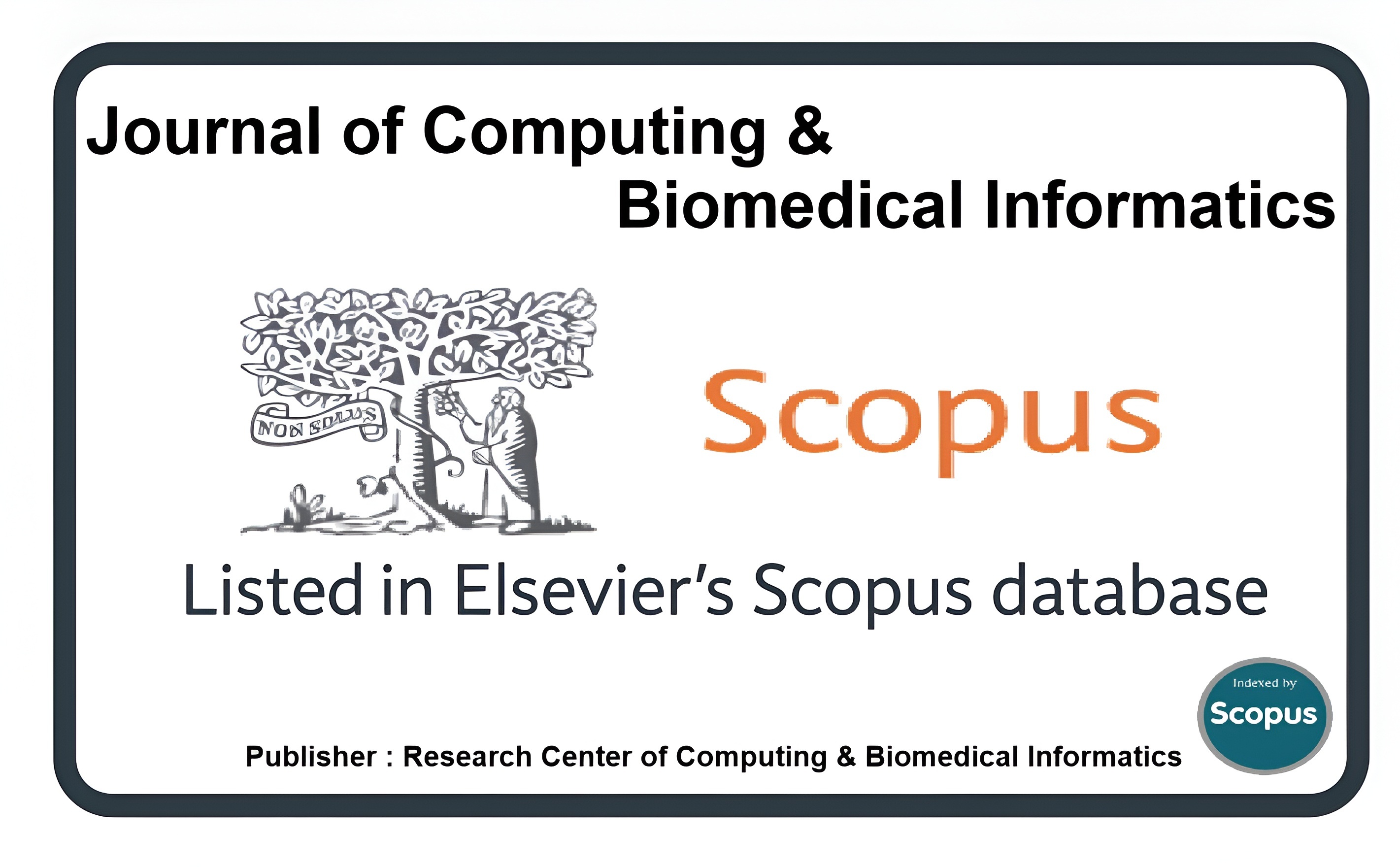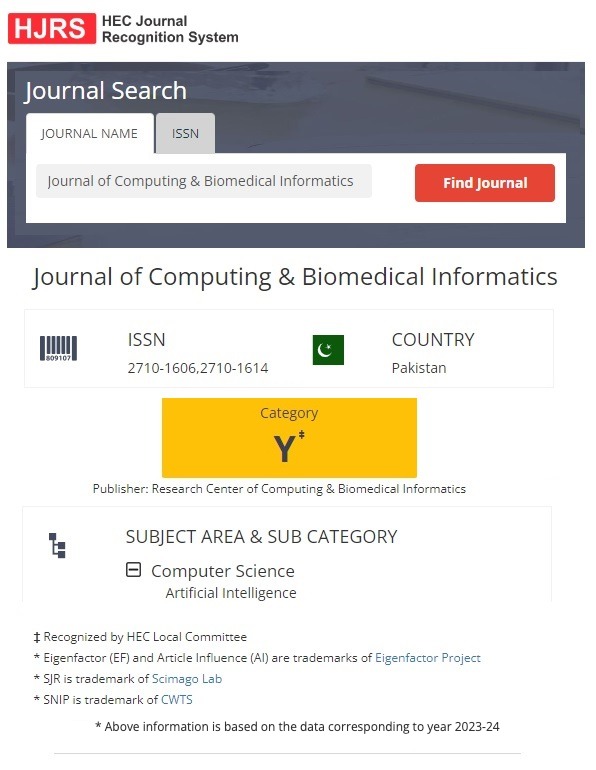AI-Driven Edge Computing for IoT: Revolutionizing Phishing Detection and Mitigation
Keywords:
AI-driven Edge Computing, IOT Security and Privacy, Phishing Detection, Deep Learning CNN Model, Federated LearningAbstract
A huge and accelerating growth in Internet of Things (IoT) devices has led to the connection of artificial intelligence (AI) with edge computing and has made possible the use of intelligent, decentralized data processing to support many kinds of applications. The present work critically assesses the progress of AI-based edge computing to IoT ecosystems between 2020 and 2025 with a specific focus on phishing detection and mitigation. Through the review of peer-reviewed literature consider not only the state-of-the-art AI technologies such as deep learning, federated learning, and reinforcement learning but also the architecture novelties that are relevant to smart cities, health care, and industrial IoT. The developments enable real-time data mining, a high scalability level, and the energy-efficient functionality of systems, which contributes immensely to the performance of IoT systems. One of the aspects to note is that the edge AI can appear as an enabler of a strong phishing detector as it allows detecting and achieving threats and responding to them locally and within a short distance, an essential requirement of a safe IoT network in high-sensitive areas. There are however challenges, security vulnerability, trouble with interoperability, low latency, and low resources that characterize edge devices. The review points out such missing links as the absence of universal guidelines on AI-models implementation and scant protective measures against advanced phising attacks. The gaps reduce the smooth integration and scaling in heterogeneous IoT environments. Suggest future research directions which consist of building adaptive AI models to dynamic threat landscape, standardized interoperability, and designing lightweight cryptographic solutions well suited to resource-constrained devices. The paper is a complete synthesis of scenarios that exist, opportunities and challenges and gives research and practice perspectives to develop in making AI-based edge computing more secure and efficient in IoT applications. Through these challenges, it would be possible to bring out the full potential of AI in the edge and convert IoT ecosystems into smart, robust cyber networks that will manage to counter the new forms of cyberattacks, such as phishing.
Downloads
Published
How to Cite
Issue
Section
License
This is an open Access Article published by Research Center of Computing & Biomedical Informatics (RCBI), Lahore, Pakistan under CCBY 4.0 International License





